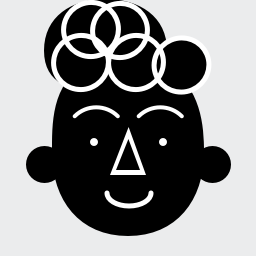
Apple's iPhone 4 has arrived in Hong Kong, but how does it perform against the competition? YP intern Winston Shi puts the leading smartphones to the test

All three phones look slick. Aesthetics have always been a strong point of Apple, which has retained the traditional iPhone look, except this edition features a sleek, flat back that looks especially good in black.
The iPhone's software is as polished as ever, with that elegant interface we've come to adore. Unfortunately, like its predecessor, the surface constantly attracts smudges. The Desire's design is disappointingly plain, but the screen is comfortably large and doesn't get smudged.
The Bold 9700 stands out, however, because of its keyboard, which is much more suitable for typing than its rivals' touchscreens. The downside is the small screen size - it's smaller than that of the Curve, its predecessor. The Windows Mobile operating system fits in well, though.
All three smartphones are 3G capable, allowing you to surf the Web at above-average speeds, the Desire and iPhone especially. The Bold's Web browser is a little cumbersome and not up to the standard of the other two, and the small screen makes the problem worse. Apple continues to frustrate users with the iPhone's inability to play Flash movies.
In general, the Desire offers the most enjoyable internet experience that smartphones offer - easy-to-use, pleasing to view and very, very fast.
That said, the Bold's browser is redeemed by BlackBerry's seamless messaging features. Although the iPhone has added a unified inbox, neither it nor the Desire can match up to the Bold.
When it comes to taking pictures, the iPhone and Desire both have top-of-the-range 5-megapixel resolution and video capability.
The Bold's camera is still decent but is far behind - offering only 3.2 megapixels, although it, too, supports video. Picture clarity and video quality for all three is quite good, although the iPhone's is the most impressive.
Out of the three, only the iPhone has a large amount (16 or 32 gigabytes) of memory, but the Desire and Bold use memory cards that can store up to 32GB, rendering the memory debate irrelevant.
As a phone, each smartphone measures up fairly well. Both the Bold and the iPhone feature noise cancellation, although the Bold does a better job. The Bold's audio quality is extremely clear.
The iPhone's sound quality is quite good, despite 'antennagate' - some consumers had reported dropped calls when they held the phone a certain way, covering up an antenna that hugs the side edges of the device. Apple responded by offering a 'bumper' case that frees up the antenna and lets users hold the phone however they want.
The Desire has decent sound quality, but doesn't filter out background noise.
Battery life could well be the factor that swings many consumers. When subjected to 'typical' use, the Desire's battery did not last the first day. Meanwhile, in some tests, the iPhone 4 lasted for 38 hours, and the Bold 9700 lasted for an incredible 48 hours.
In the end, the decision comes down to personal preference. The iPhone 4 wins based on performance alone. Try the Blackberry Bold if you use e-mail heavily. That said, the Desire gives you the most performance for your money - and in this economic climate, value is everything.
Young Post went to the streets to ask Hong Kong teenagers what they think of the iPhone4.
<!--//--><![CDATA[// ><!-- PDRTJS_settings_2461989 = { "id" : "2461989", "unique_id" : "default", "title" : "", "permalink" : "" }; //--><!]]>
